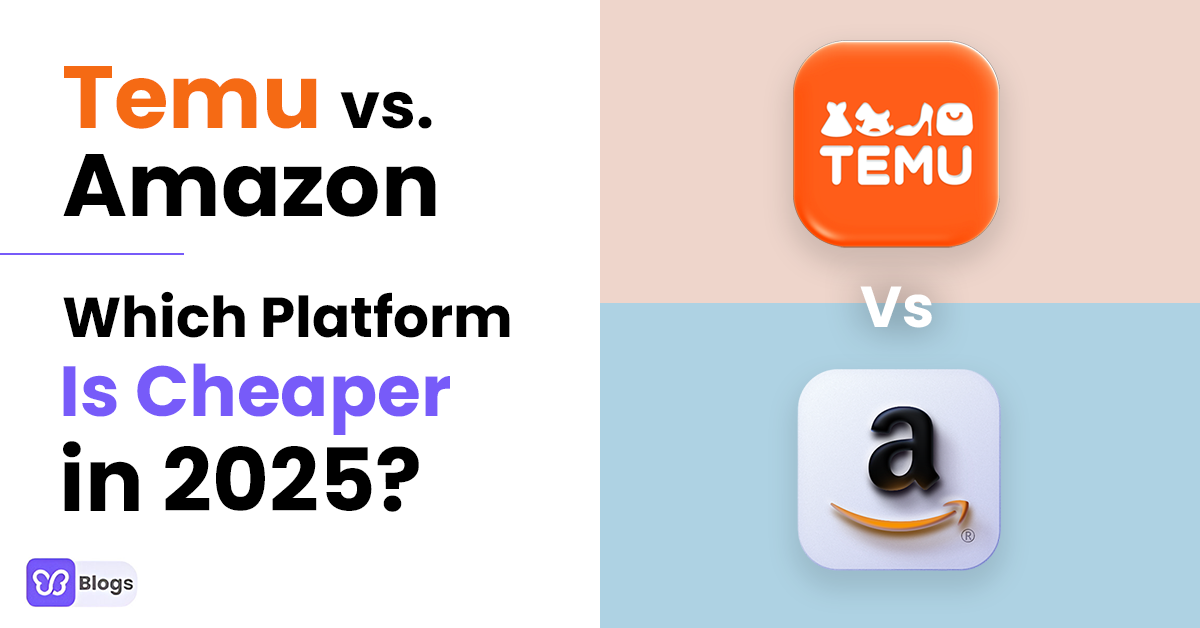Content marketing is a method of advertising that involves creating relevant and valuable content and distributing consistent content to attract and retain a specific audience. This material aims to create thought leadership, build confidence, and encourage lucrative consumer action.
It can take many different forms, including blog entries, articles, videos, podcasts, infographics, and social media posts. Brands may have content marketers become trusted sources of information and build a devoted audience by providing insightful analysis, finding solutions to issues, and providing entertainment for consumers.
A targeted audience can be attracted and kept by using content marketing, a deliberate marketing approach that centers on producing and disseminating consistent information. This strategy seeks to inform, amuse, or motivate viewers to ultimately encourage profitable consumer action.
Audience engagement, brand exposure, thought leadership, lead creation, customer retention, SEO and organic traffic, social proof, and legitimacy are some of the main goals of content marketing. Brands may become more visible, get recognized as authority figures, and create leads by providing insightful content that speaks to the interests, problems, and goals of the audience.
Brands may build lasting relationships with their target audience that are based on mutual trust and benefit by regularly producing valuable and relevant content.
Key components and tactics used in content marketing
Effective marketing requires a clearly defined content strategy that focuses on knowing the requirements and preferences of the target audience. Researching the audience, producing content, optimizing it, and distributing it through a variety of channels are all part of this. To reach the audience, email marketing, influencer marketing, and social media marketing are crucial. Brands can improve their strategies and accomplish their marketing and business process goals by evaluating and assessing the effectiveness of these tactics. Brands may effectively engage their target audience and generate traffic and conversions by incorporating these components.
Examples of successful content marketing campaigns
These examples indicate how strategic content marketing can captivate audiences, differentiate brands, and drive meaningful engagement and action. Effective content marketing strategies connect with consumers and leave enduring impressions that go well beyond traditional advertising, whether through inventive campaigns, captivating storytelling, or user-generated material.
- The "Breaking2" campaign by Nike: The goal of this campaign was to break the two-hour marathon record, and it featured top athletes trying to accomplish this remarkable achievement. A documentary-style film, behind-the-scenes material, athlete biographies, and interactive viewer experiences were all part of the campaign. Nike's dedication to pushing the boundaries of human potential is reinforced by the campaign, which produced significant media coverage, social media interaction, and brand visibility despite the event's failure to reach the two-hour mark.
- Red Bull's Content Marketing: Red Bull is well known for their marketing initiatives that use content. They create top-notch material on extreme sports, music, and adventures, including Felix Baumgartner's stratosphere jump in the Red Bull Stratos campaign. This content successfully engages their target audience while still being consistent with their brand image.
- Dove's Real Beauty Campaign: The campaign is intended to encourage women's self-esteem and body positivity. They produced a range of content, such as articles, films, and social media postings, that struck a chord with their audience and provoked discussions about self-acceptance and beauty standards.









